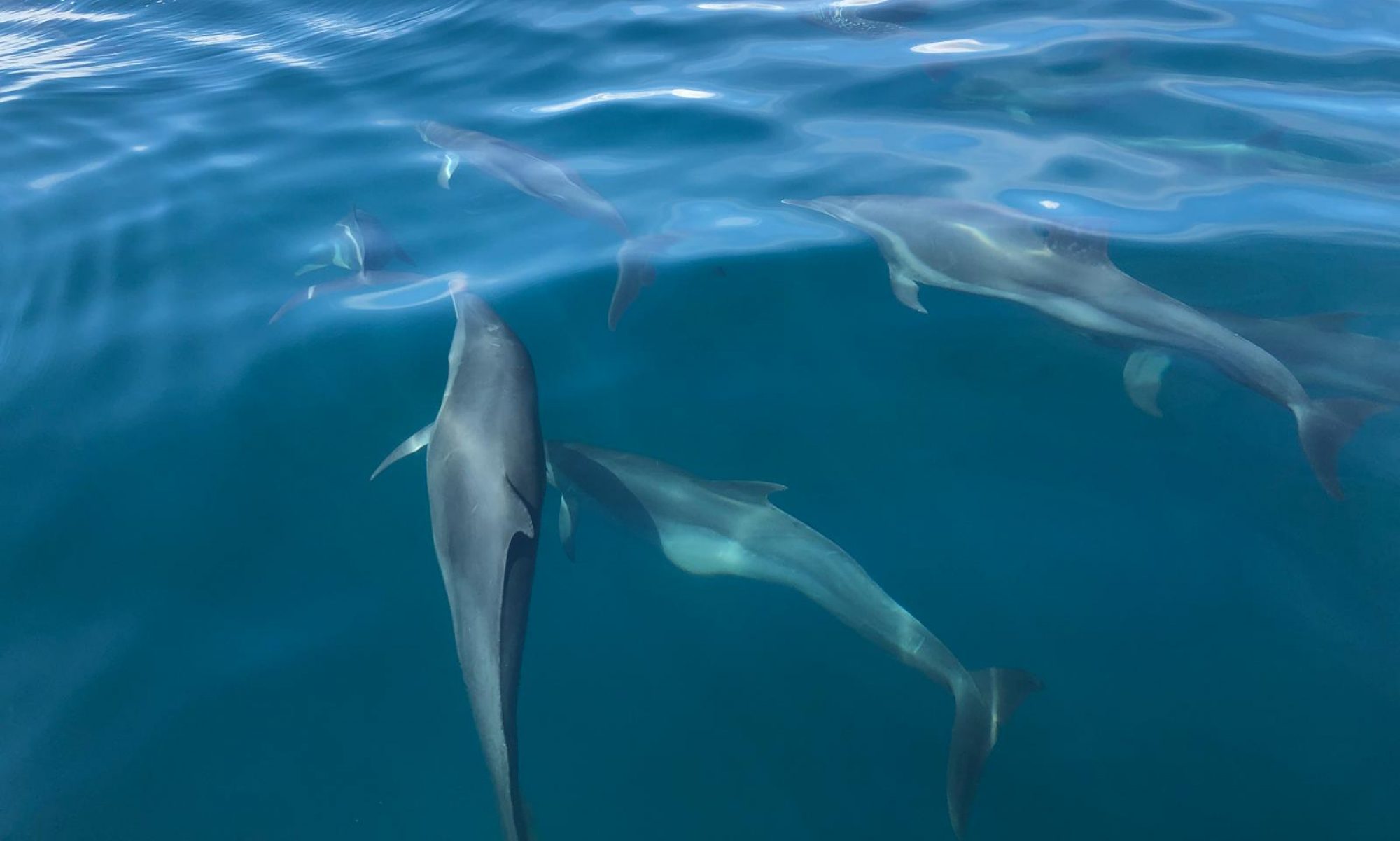Mangroves of Costa Rica
Mangroves exist in estuaries, the confluent places where saltwater comes together with freshwater, creating an underwater rooting system amongst the trees.
The plants are both varied and unique, but can be invariably recognized by their striking root systems, which delve beneath the surface of the water to prop up the plants above. A great variety of animals reside within this habitat, including caimans, snakes, monkeys, iguanas, and several species of birds.
Of Costa Rica’s total land mass, 77.9 hectares (1.53%) is dedicated to wetlands and mangroves. One of them, the Terraba – Sierpe Wetlands, is of international importance.
The following list shows all wetland and mangrove sites found in Costa Rica:
- Cariari National Wetlands
- Lacustrino Bonilla Bonillita Wetlands
- Lacustrino Pejeperrito Wetlands
- Lacustrino Tamborcito Wetlands
- Laguna Madrigal Wetlands
- Laguna Manquenque Wetlands
- Palustrino Corral de Piedra Wetlands
- Palustrino Laguna del Paraguas Wetlands
- Playa Blanca Marine Wetlands
- Puntarenas Estuary Wetlands
- Riberino Zapandi Wetlands
- Rio Canas Wetlands
- San Vito Wetlands
- Terraba – Sierpe National Wetlands
Of the mangroves found in Costa Rica, the red mangrove is the most easily recognized with its striking aerial prop roots, which often branch one or more times before reaching the ground. The primary function of these roots is not to support the tree but to aid in the aeration of the plant’s sap system.
The black mangrove, and to some extent the white mangrove, cope with the lack of air in the mucky substrate by developing vertical extensions from their roots which stick above the soil level and (at low tide) accomplish oxygen exchange. The tea mangrove has pronounced buttresses which act as aerators. The buttonwood mangrove effectively avoids this problem by growing on the back edges or higher ground within a mangrove swamp, thus reducing the likelihood of having the soil around its roots supersaturated except at extreme high tides.
* Are flooded forests and home to nearly a 100 species of birds, including the endemic mangrove hummingbird (found nowhere else on earth).
* Mangroves grow in a zone between high and low tide, where freshwater meets saltwater. They do not need saltwater, they have adapted to living in salt water.
*Mangroves filter salt through the root systems and excrete any salt from the pores on its leaves. Then later shed them.
* They have adapted to keeping freshwater in their system by closing the pores in their leaves and turning the leaves away from the sun.
* In Costa Rica, you can find the following Mangroves:
Red mangroves – With arial props and closest in the water – can reach 80 feet in height – is the hardiest
Black mangrove – Behind the Red Mangroves – Dark wood – can reach 60 feet in height
White mangrove – Further inland behind the Blacks on more stable ground – can reach 50 feet in height
Tea Mangrove – Can reach 60 feet in height and are more endangered than the others
* They reproduce by dropping seedlings into the water and they will take root once they find water that is not too salty or too fresh, the perfect mix.
* Mangroves provide the following:
• Habitat and nursery for marine organisms, shrimp, crabs and fish
• Serve as buffers for storms and water surge to reduce damage
• Protect shorelines from erosion – they hold sediment and loose soil to actually build land
• Provide roosting and nesting for many birds
• Improve water quality and clarity, roots act as a filter
• Provide food for organisms


